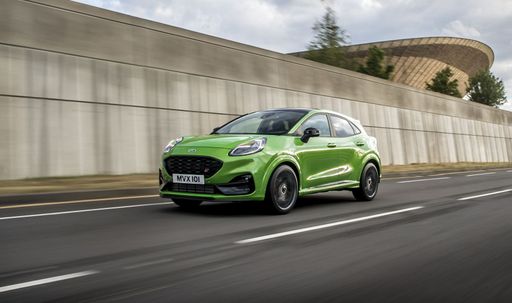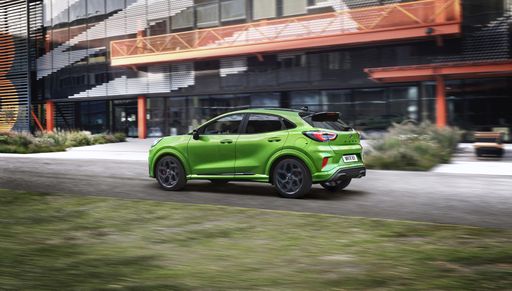Ford Puma vs. Mazda CX-30: A Comprehensive Comparison
In the competitive world of compact SUVs, the Ford Puma and Mazda CX-30 stand out as impressive contenders. Both vehicles offer unique features, innovative technology, and refined driving experiences. In this comparison, we will delve into the technical specifications, performance metrics, and innovations that set these two models apart.








